Study suggests that fish aggregating devices could be repurposed to enhance marine protected areas
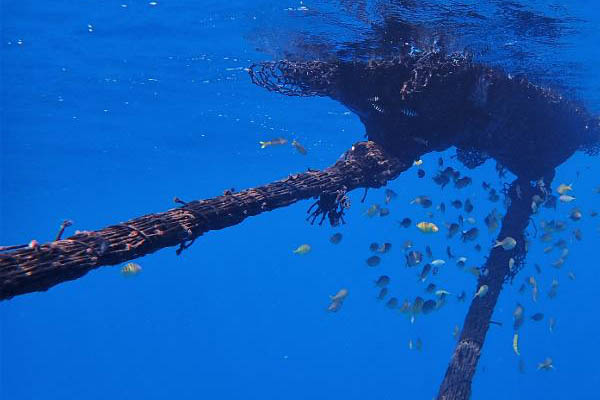
Technology widely used by fishing fleets to attract open ocean species could play a role in safeguarding marine environments, according to a new study published in Conservation Letters.
The research, which was conducted at Palmyra Atoll in the Central Pacific Ocean in collaboration with scientists from the Queensland University of Technology (QUT) and The Nature Conservatory (TNC), suggests that fish aggregating devices (FADs) could be used to “protect, conserve and sustain” exploited fish species in marine protected areas (MPAs).
Drift FAD (dFAD) devices – essentially a floating mat or raft attached to floats and a buoy, often equipped with a satellite location device – attract pelagic fish (such as tuna, marlin and mahimahi), making them more accessible and cost-effective for commercial fishing operations.
“If fishing fleets can use dFADs to attract fish towards their nets, why can’t we use them to attract fish into protected areas?” said Michael Bode, co-author and QUT professor. “Also, by increasing the local density of exploited species, they may also improve the function of ecosystems in blue water MPAs.”
By strategically placing conservation FADs (cFADs) within protected areas and utilizing advancements in drone and autonomous technology, the team believes they can significantly improve the effectiveness of MPAs. These conservation devices could address a primary challenge faced by blue water MPAs – their relatively small size.
“This use of cFADS could overcome the conservation areas’ small size, compared with the vastness of the ocean, by giving fish an ‘incentive’ to remain or congregate within the protected area,” Bode said.
Fisheries in Focus: What are fish aggregating devices and why is there debate about banning them?
The team found that placing FADs inside MPAs could increase the time pelagic species spend in those areas (where they can’t be caught), reducing mortality rates.
“Somewhat amazingly, we found that even a small number of FADs inside a blue water MPA can meaningfully amplify the benefits of that MPA,” said Edward T. Game, co-author and TNC’s Asia Pacific lead scientist and director of conservation.
The team highlighted the uniqueness of using FADs as a conservation tool, citing the ability to control their positioning within an MPA. This control allows them to aggregate fish and enhance their residence time within protected waters, ultimately benefiting the entire ecosystem.
“We can have control over where they are positioned, so, therefore can keep them inside an MPA and use them to aggregate the fish and increase their residence time within protected waters,” said Kydd Pollock, co-author and TNC’s pelagic conservation strategy lead. “Efficient seabird foraging is closely tied to breeding success, so having consistently higher fish biomass in a region benefits the entire ecosystem.”
The study offers a promising solution to the limitations of blue water MPAs, presenting a novel application of existing fishing technology to contribute to marine conservation efforts.
Now that you've reached the end of the article ...
… please consider supporting GSA’s mission to advance responsible seafood practices through education, advocacy and third-party assurances. The Advocate aims to document the evolution of responsible seafood practices and share the expansive knowledge of our vast network of contributors.
By becoming a Global Seafood Alliance member, you’re ensuring that all of the pre-competitive work we do through member benefits, resources and events can continue. Individual membership costs just $50 a year.
Not a GSA member? Join us.
Author
Tagged With
Related Posts
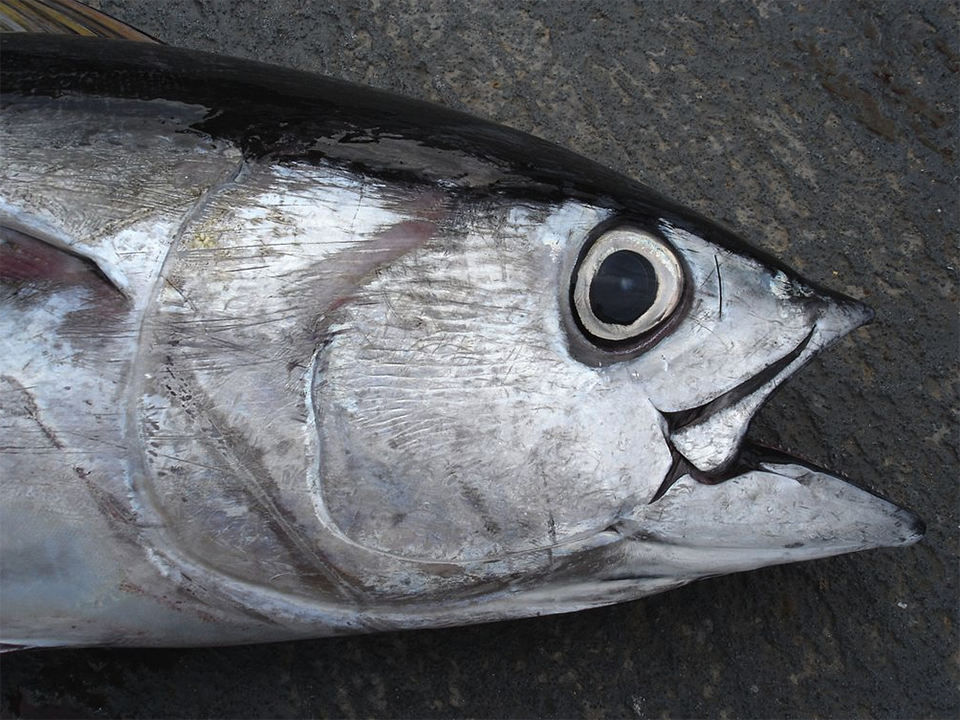
Fisheries
Fisheries in Focus: Marine protected areas don’t help tuna population, new paper shows
Using stock assessment and fishing data, researchers find that the Phoenix Islands Protected Area did not meaningfully increase the tuna population.
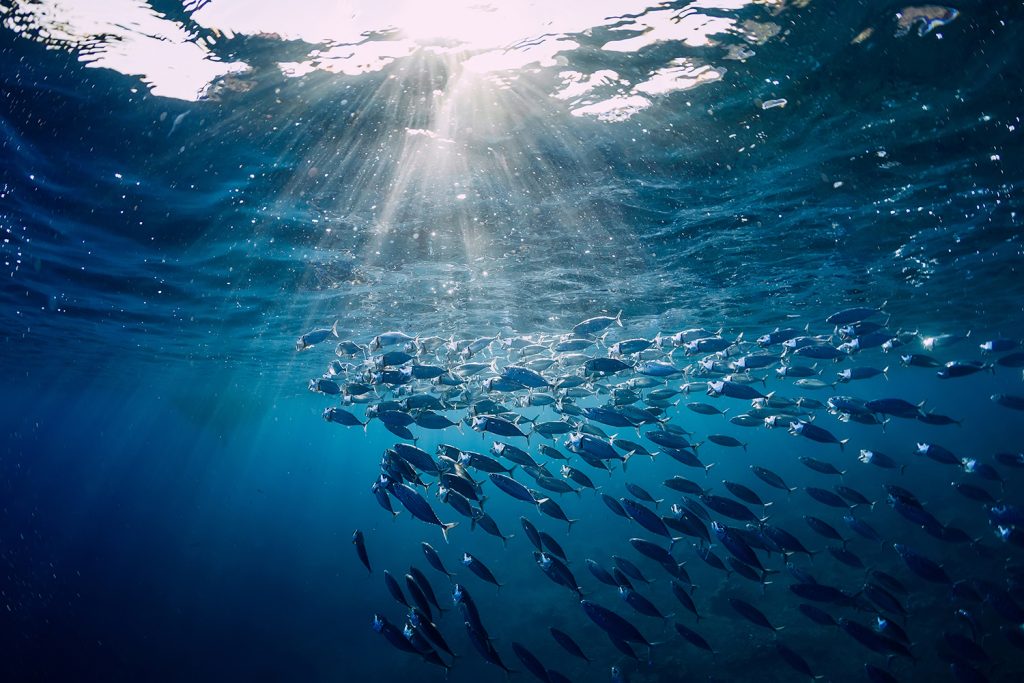
Fisheries
Fisheries in Focus: Tunas and billfishes are improving on the IUCN Red List – and it’s thanks to effective fisheries management
Sustainable Fisheries UW offers a rundown of the IUCN Red List and how tunas and billfishes benefit from strong fisheries management.
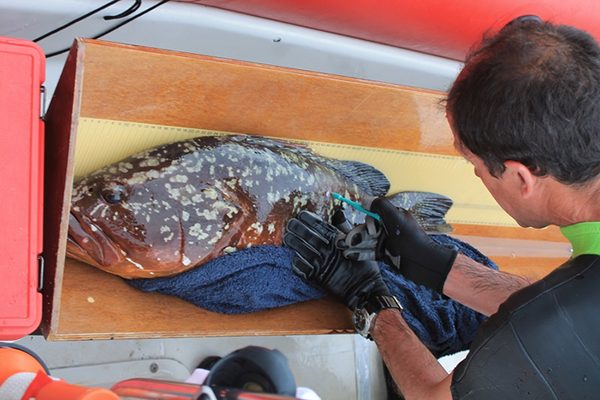
Fisheries
Study: Marine protected areas unlikely to restore marine ecosystems
A new study has found that marine protected areas are limited in restoring food webs after intensive fishing.
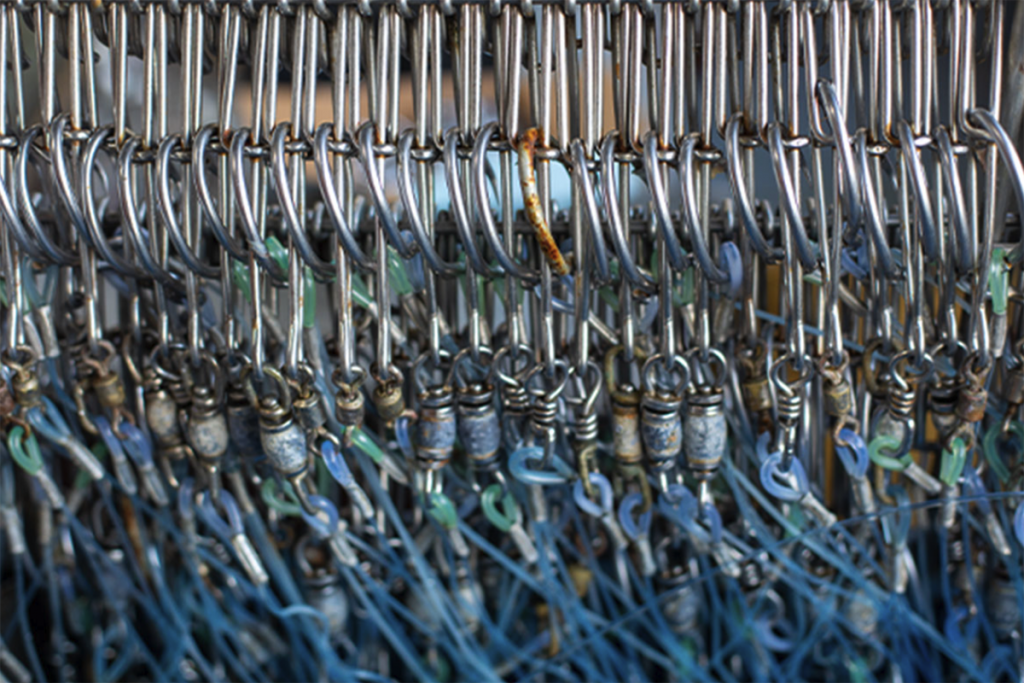
Fisheries
Could these high- and low-tech approaches help curb fisheries bycatch?
From marine mammal ‘pingers’ to seabird-sparing fishing hooks, commercial fishermen have a growing number of options to prevent fisheries bycatch.



